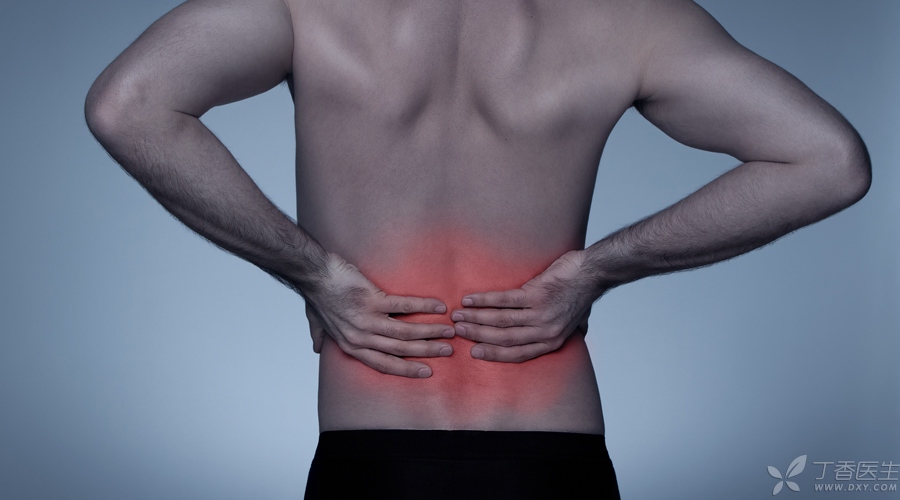
Soldiers because of training intensity, long duration, some training items need to maintain a posture for a long time, often occur chronic injury. And the longer the length of military service, the higher the incidence of chronic injury, the more serious. Lumbar disc herniation is a typical one.
Manifestations of Lumbar Disc Herniation
Generally speaking, with the increase of age, people will more or less suffer from lumbar intervertebral disc herniation, but if the protruding intervertebral disc does not compress the nerve, there will be no discomfort. Once the protruding intervertebral disc compresses the nerve, then these manifestations may occur:
1. Lumbago, aggravated during activities, often relieved after bed rest.
2. Conductive pain generally occurs from the lower back to the rear of the buttocks and thighs. In sneezing and coughing, the pain will aggravate hyperalgesia in the early stage and insensitivity or numbness in severe cases.
3. Serious people will have large and urinary disorders.
4. Walking and limping: When walking, due to the congestion of the blocked vertebral venous plexus in the spinal canal, the congestion degree of the nerve root and the expansion of spinal cord blood vessels are aggravated, and at the same time, the pain caused by the compression of the nerve root is aggravated, resulting in intermittent claudication.
5. More than 90% of patients with disc herniation have functional scoliosis to varying degrees.
Treatment of lumbar disc herniation
On the whole, most patients with lumbar disc herniation still adopt conservative treatment methods. There are various conservative treatment methods, which are selected according to different conditions of patients:
1. First of all, we should stop training programs and strengthen rest. However, bed rest is not required. If recurrent attacks cannot be solved by conservative treatment, then we should seek some other methods to treat them.
2. Some drugs for inflammatory reaction can also play a better role. These drugs can reduce local inflammatory reaction and relieve pain through these measures.
3. If the situation is serious, it can be treated by surgery. According to different conditions, different surgical methods can be selected.
Prevention of Lumbar Intervertebral Disc Herniation
1. Don’t carry it hard when you feel uncomfortable. Soldiers all have an indomitable spirit, but this indomitable spirit often aggravates lumbar disc herniation.
2. Don’t keep a posture for a long time to avoid overwork, do some exercise after training for a period of time, or massage the waist and legs, and keep the correct posture when standing and sitting, so as to relieve the tension of waist muscles;
3. Use abdominal muscles more when walking to reduce the burden on lumbar muscles and lumbar spine;
4. Sleep on a hard board bed with moderate hardness and do not sit for a long time.
5. Avoid cold and humid environment, pay attention to protecting waist and avoid recurrence of lumbar diseases;
6. A simple way to exercise lumbar spine: Sit in a chair, hold your neck with your hands crossed, lift your abdomen forward, lift your head backward, hold on for 2-3 minutes and then relax, repeat the above actions for 3 to 5 times, which has a good stretching effect on cervical spine and lumbar spine.
